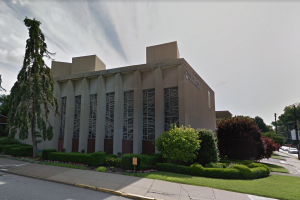Prisoners across the United States are refusing to work in a mass protest behind bars. The National Strike against Prison Slavery commenced on Sept. 9, the anniversary of the 1971 Attica Prison riot, and is now in its third week.
All federal prisoners must work or face punishment. Some private industry work programs offer minimum wage or better, but these jobs are available for less than one percent of the population in a given facility offering such opportunities. Prison Policy Initiative presents a list of prison labor statistics, accurate as of 2001, that indicates the lowest daily wage for a prisoner working in private industry is $0.16, while some states do not pay inmate workers at all. County facilities do not offer paid work, but some of these jails coerce detainees awaiting trial to labor.
Prisoners often work in order to avert harsher conditions. The Thirteenth Amendment offers protection from coerced labor, but explicitly excludes convicted prisoners. Prisons have actively banned inmates from forming labor unions, but the Incarcerated Workers Organizing Committee (IWOC) remains a rallying point.
Inmates across the country coordinated the current strike despite a gauntlet of obstacles. Facilities monitor all forms of inmate communications: observing interactions within facilities, monitoring visits, reading incoming and outgoing mail, monitoring phone calls over proprietary telephone services as well as internet communications . According to liberatory revolt outlet It’s Going Down, the strike was initiated by inmates at Holman Prison in Altmore, Alabama, from which reports of multiple riots have surfaced. Inmates can retain and use cellphones at this facility, which is believed to have contributed to its organization efforts. Facilities for both genders have participated in the strike.
Solidarity protests have happened in over 60 cities.




